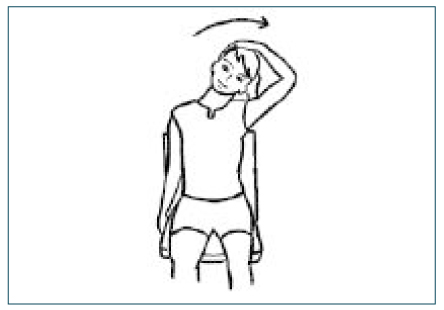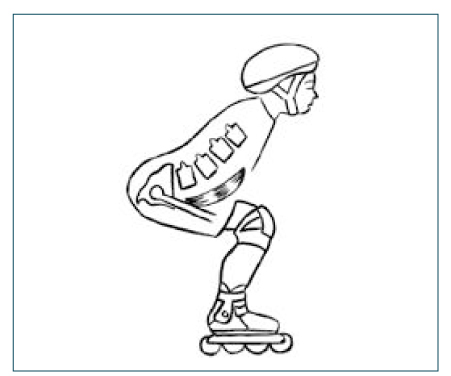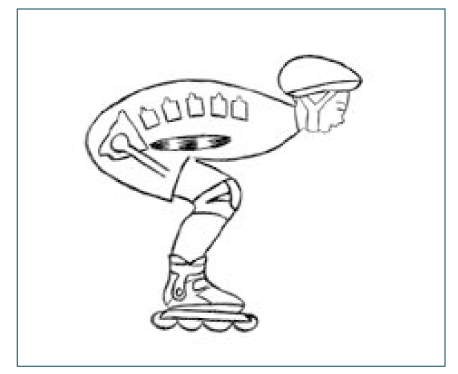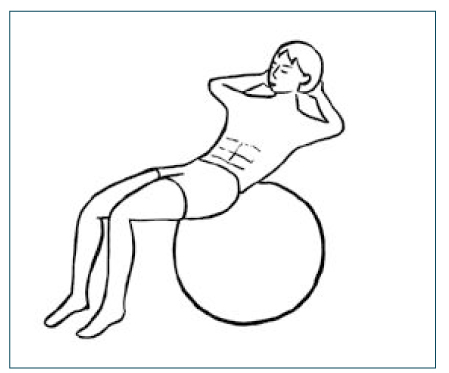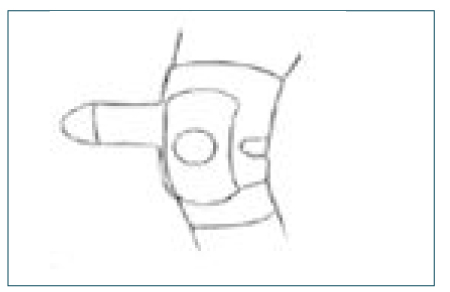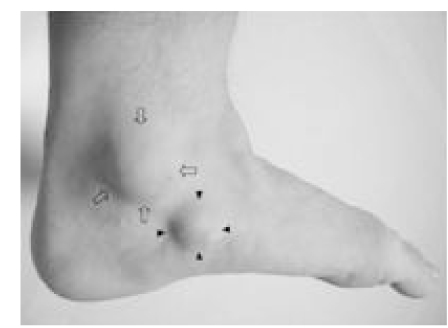J Korean Med Assoc.
2005 Oct;48(10):957-962. 10.5124/jkma.2005.48.10.957.
In-line Skating Injuries and Rehabilitation
- Affiliations
-
- 1Department of Rehabilitation Medicine, Hallym University College of Medicine, Kangdong Sacred Heart Hospital, Korea. jypark2@hananet.net
- KMID: 2137840
- DOI: http://doi.org/10.5124/jkma.2005.48.10.957
Abstract
- In-line skating is one of the fastest growing recreational sport activities all over the world, particularly in Korea. Fractures, dislocations, sprains and avulsions account for 60~70% of all acute injuries from in-line skating. The wrist area, including the wrist and the lower arm, is the most commonly injured site. To decrease the incidence and severity of acute injuries, the use of safety gears is critical. Also, overuse injuries can occur in the shoulder area, low back, knee, foot and ankle. Avoidance of overwork, rest, stretching and strengthening exercise, well-fit boots, and the proper skating posture can prevent or minimize the overuse injuries.
MeSH Terms
Figure
Reference
-
1. Fedel FJ, Keteyian SJ, Brawner CA, Marks CR, Hakim MJ, Kataoka T. Cardiorespiratory responses during exercise in competitive in-line skaters. Med Sci Sports Exerc. 1995. 27:682–687.
Article2. Nottingham S, Fedel FJ. Fitness In-line Skating. 1997. 1st ed. Champaign: Human Kinetics;3–15.3. Snyder AC, O'Hagan KP, Clifford PS, Hoffman MD, Foster C. Exercise responses to in-line skating: comparisons to running and cycling. Int J Sports Med. 1993. 14:38–42.
Article4. Melanson EL, Freedson PS, Webb R, Jungbluth S, Kozlowski N. Exercise responses to running and in-line skating at self-selected paces. Med Sci Sports Exerc. 1996. 28:247–250.
Article5. Mahar AT, Derrick TR, Hamill J, Caldwell GE. Impact shock and attenuation during in-line skating. Med Sci Sports Exerc. 1997. 29:1069–1075.
Article7. Tan V, Seldes RM, Daluiski A. In-line skating injuries. Sports Med. 2001. 31:691–699.
Article11. Ernst GP, Kawaguchi J, Saliba E. Effect of patellar taping on knee kinetics of patients with patellofemoral pain syndrome. J Orthop Sports Phys Ther. 1999. 29:661–667.
Article12. Powers CM, Ward SR, Chen YJ, Chan LD, Terk MR. The effect of bracing on patellofemoral joint stress during free and fast walking. Am J Sports Med. 2004. 32:224–231.
Article13. Brown RR, Rosenberg ZS, Schweitzer ME, Sheskier S, Astion D, Jeffrey M. MRI of Medial Malleolar Bursa. AJR. 2005. 184:979–983.
Article14. Thompson C, Belanger M. Effects of vibration in inline skating on the Hoffmann reflex, force, and proprioception. Med Sci Sports Exerc. 2002. 34:2037–2044.
Article


